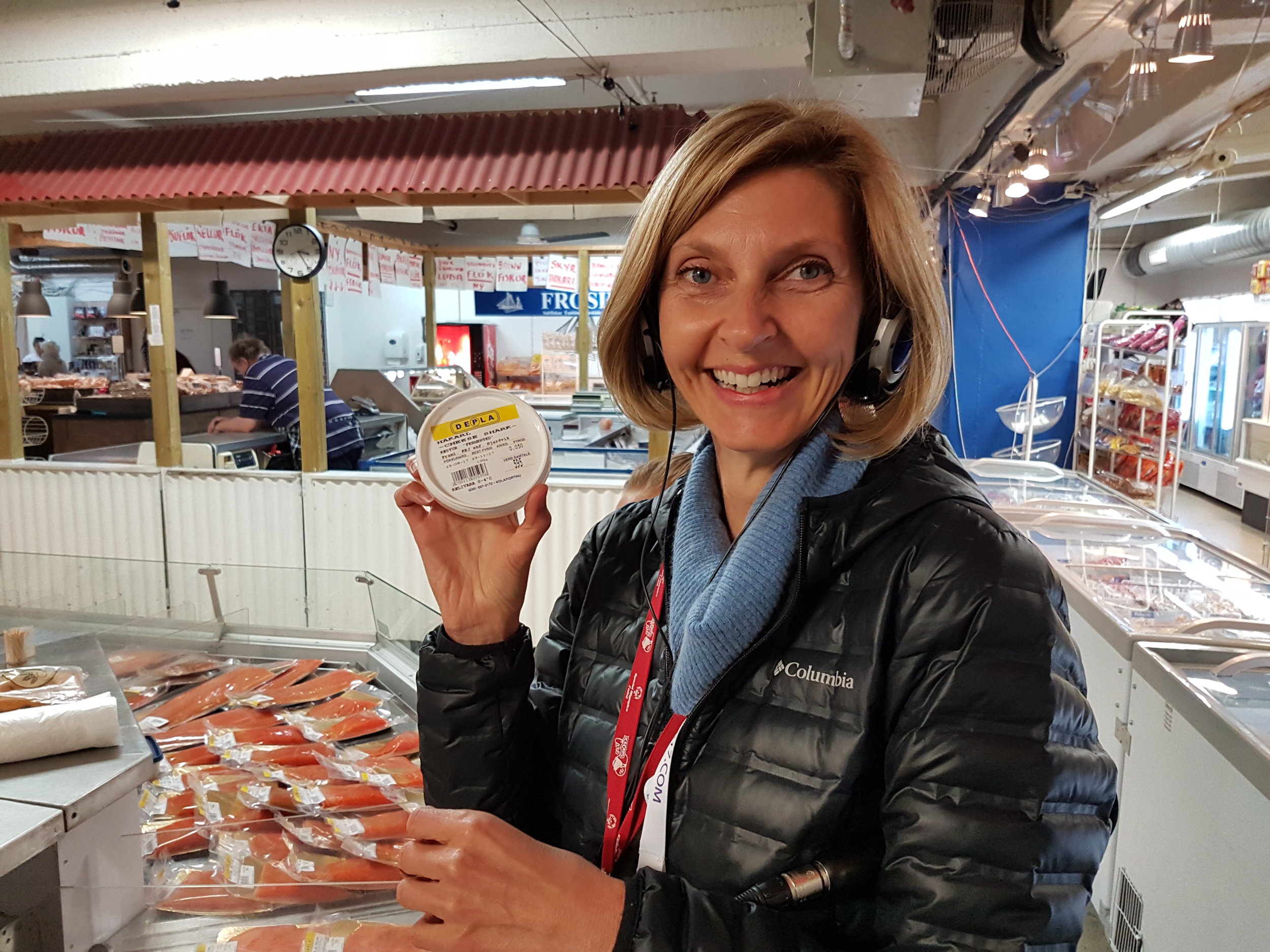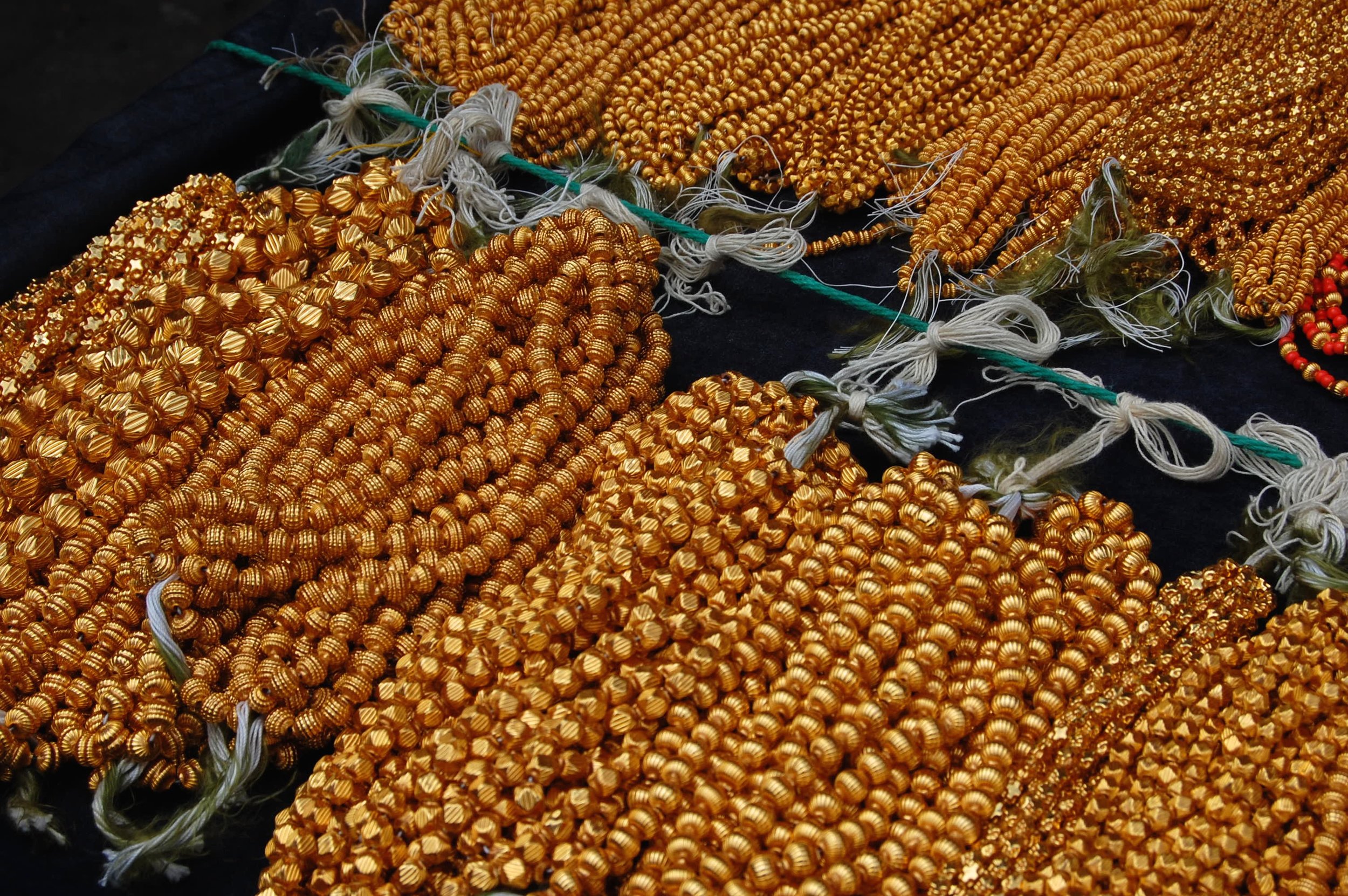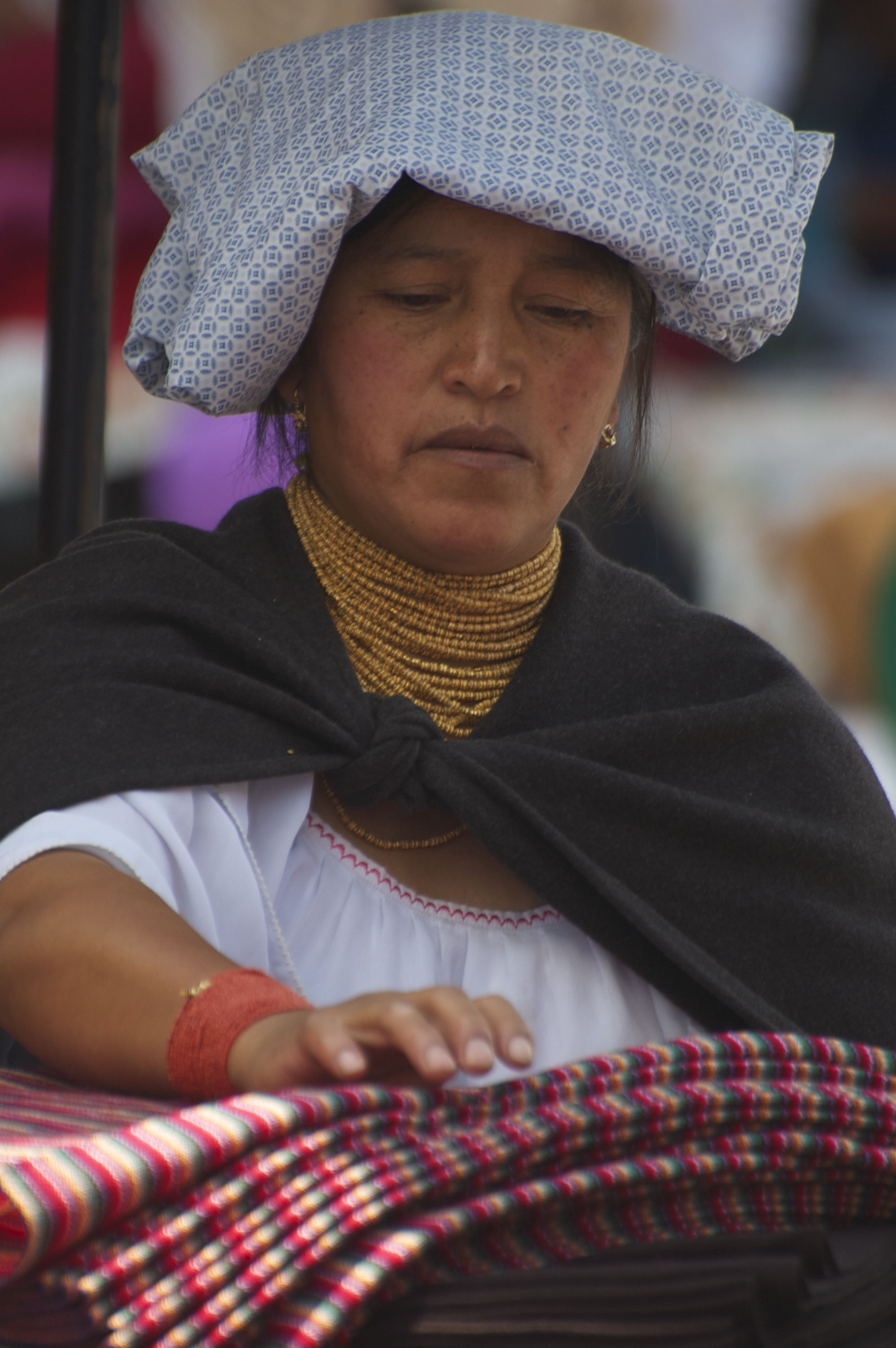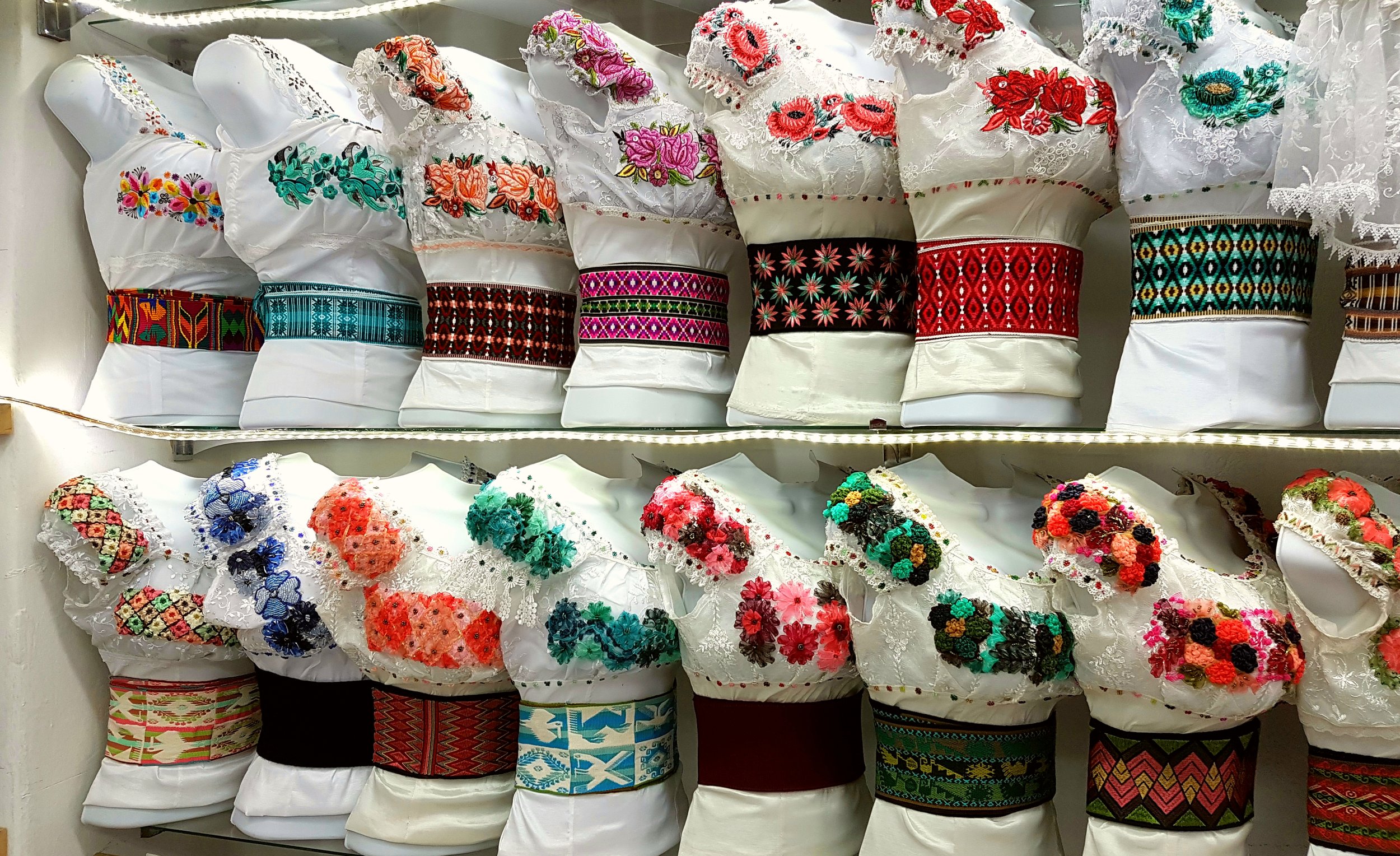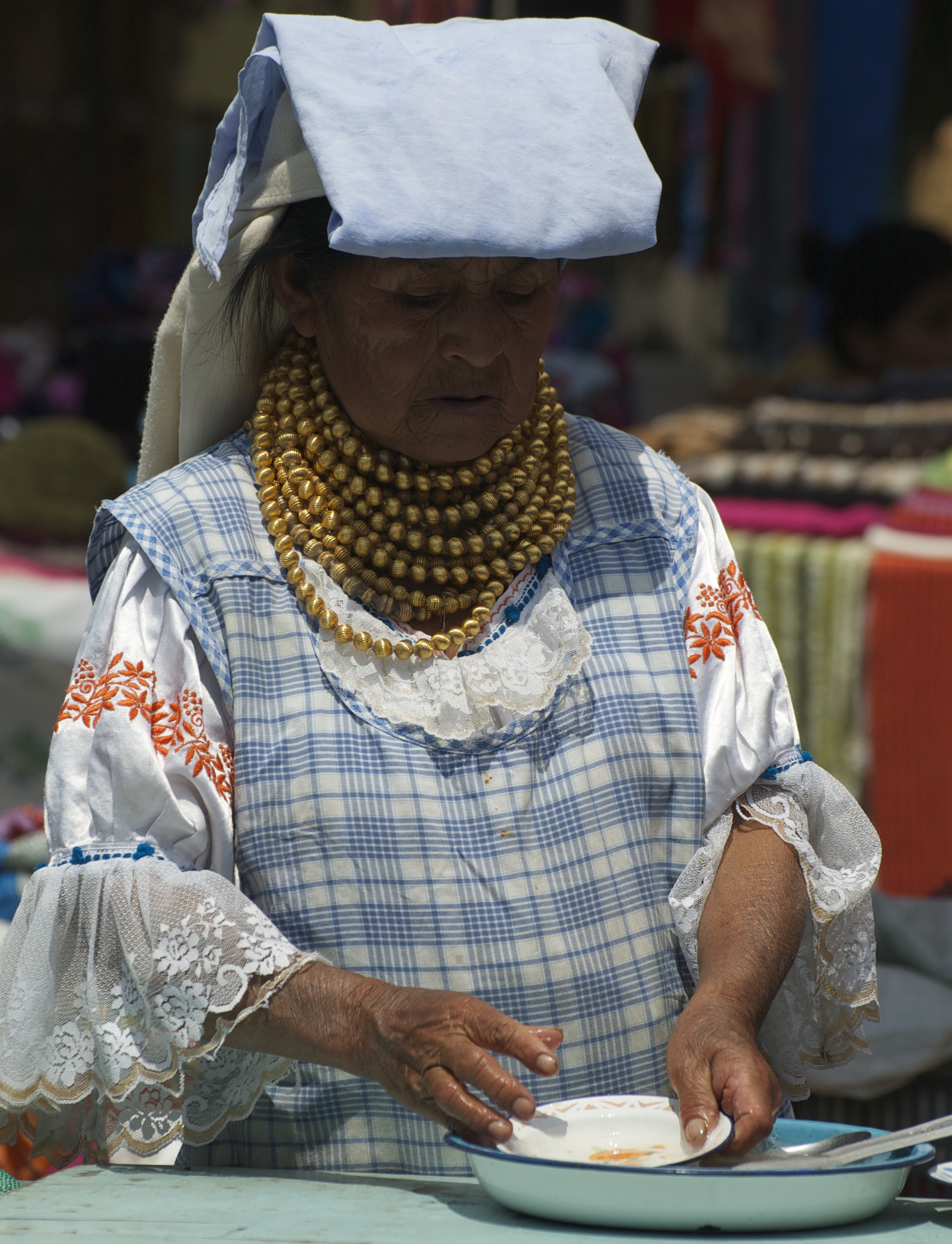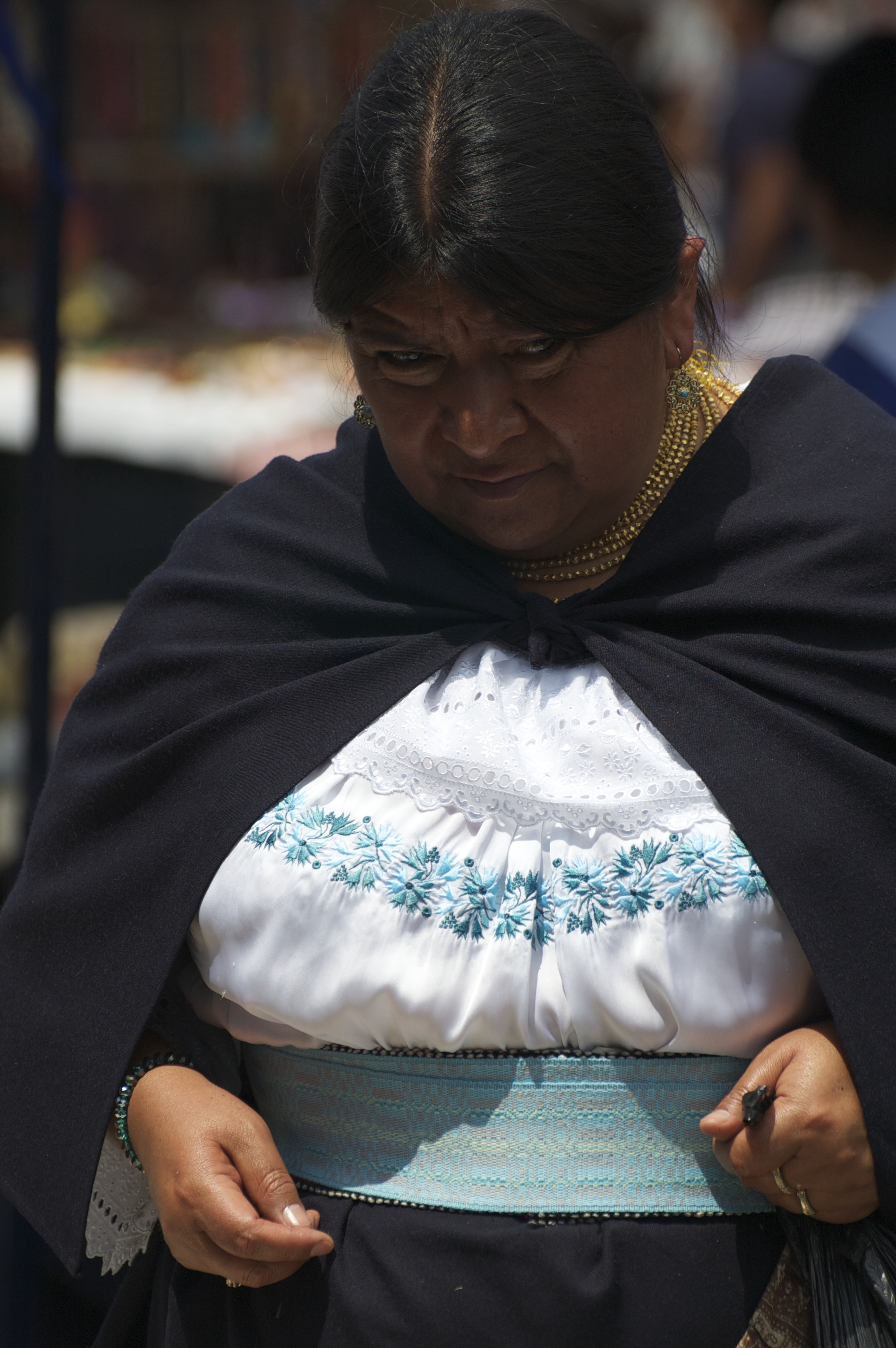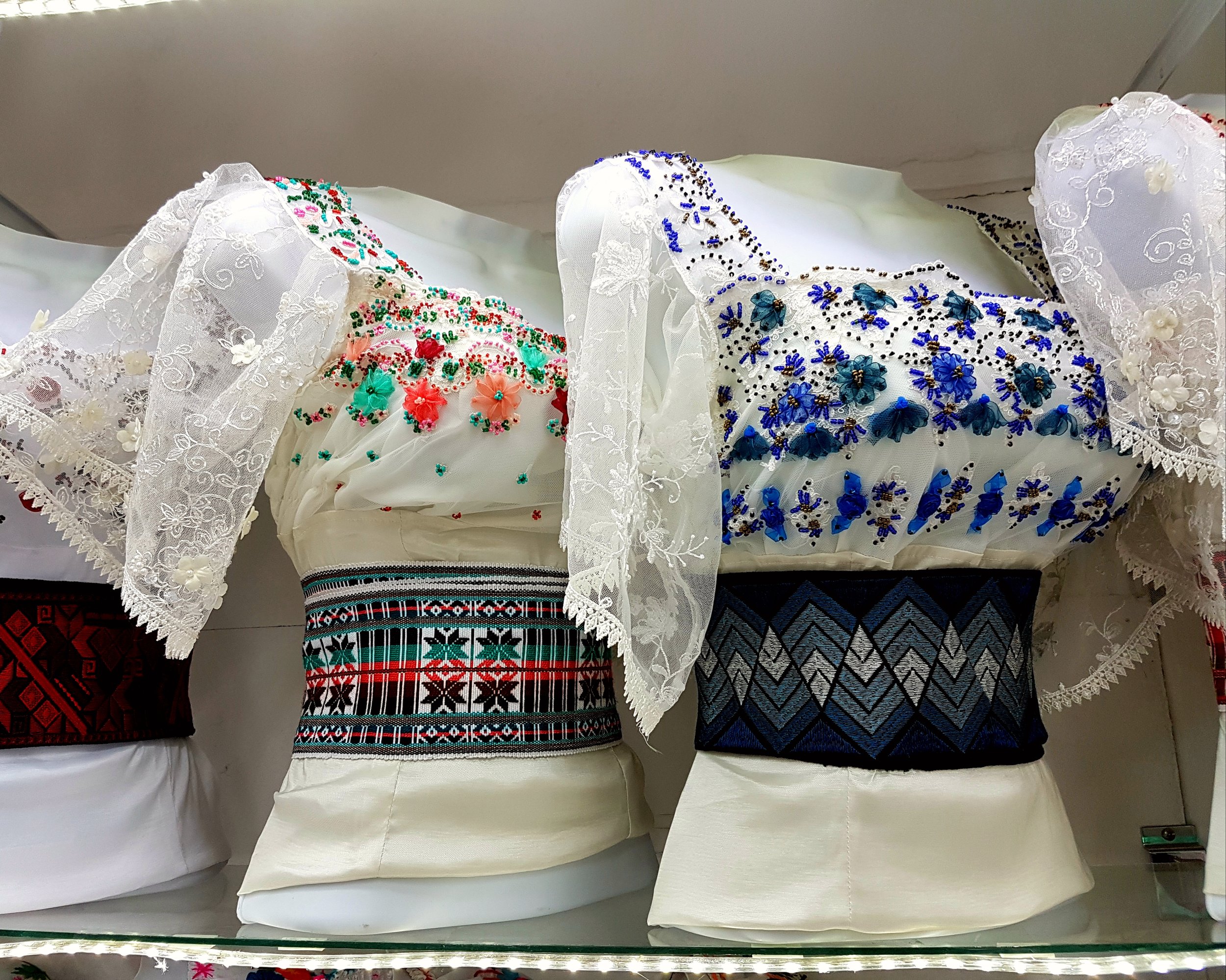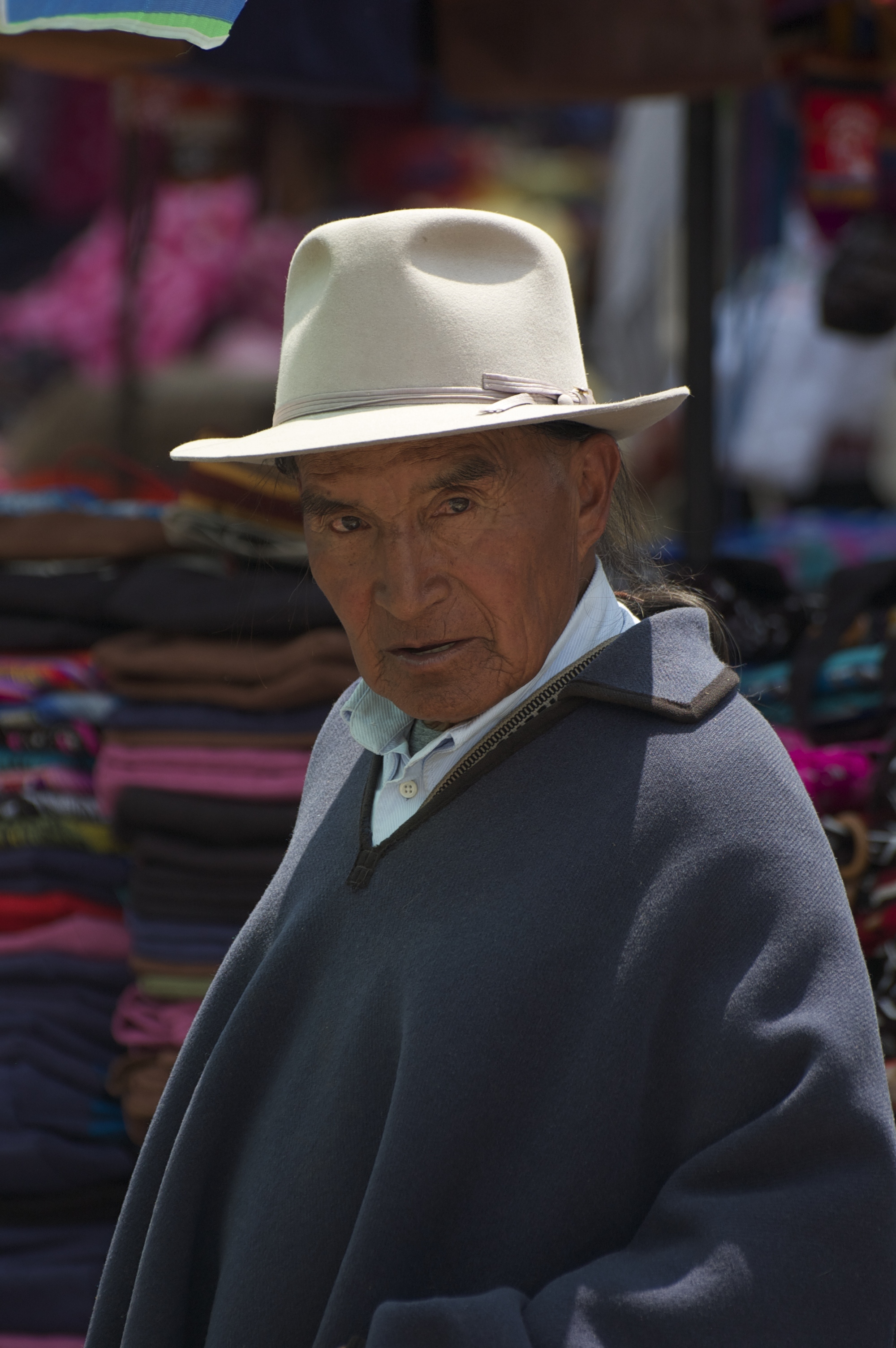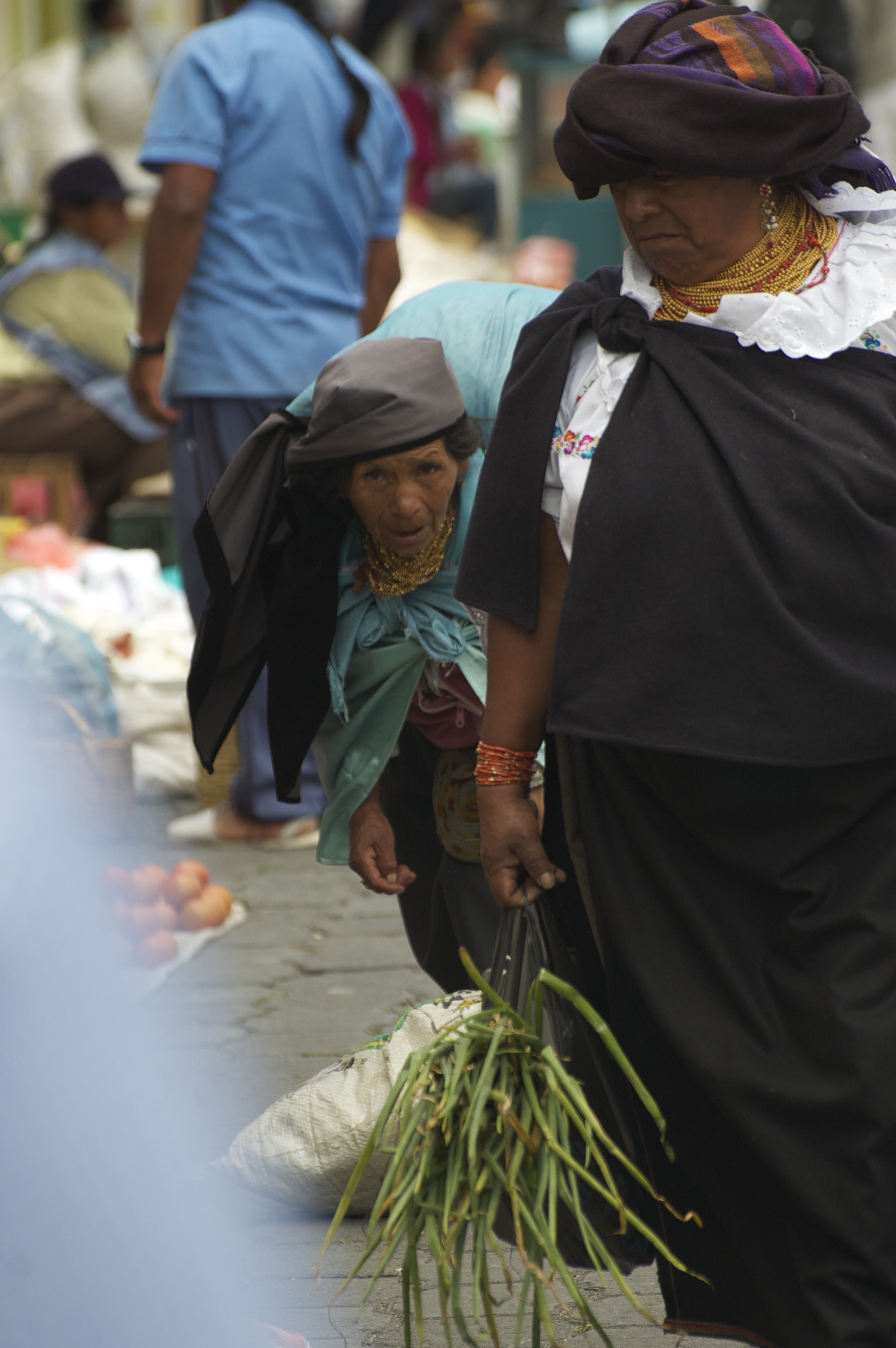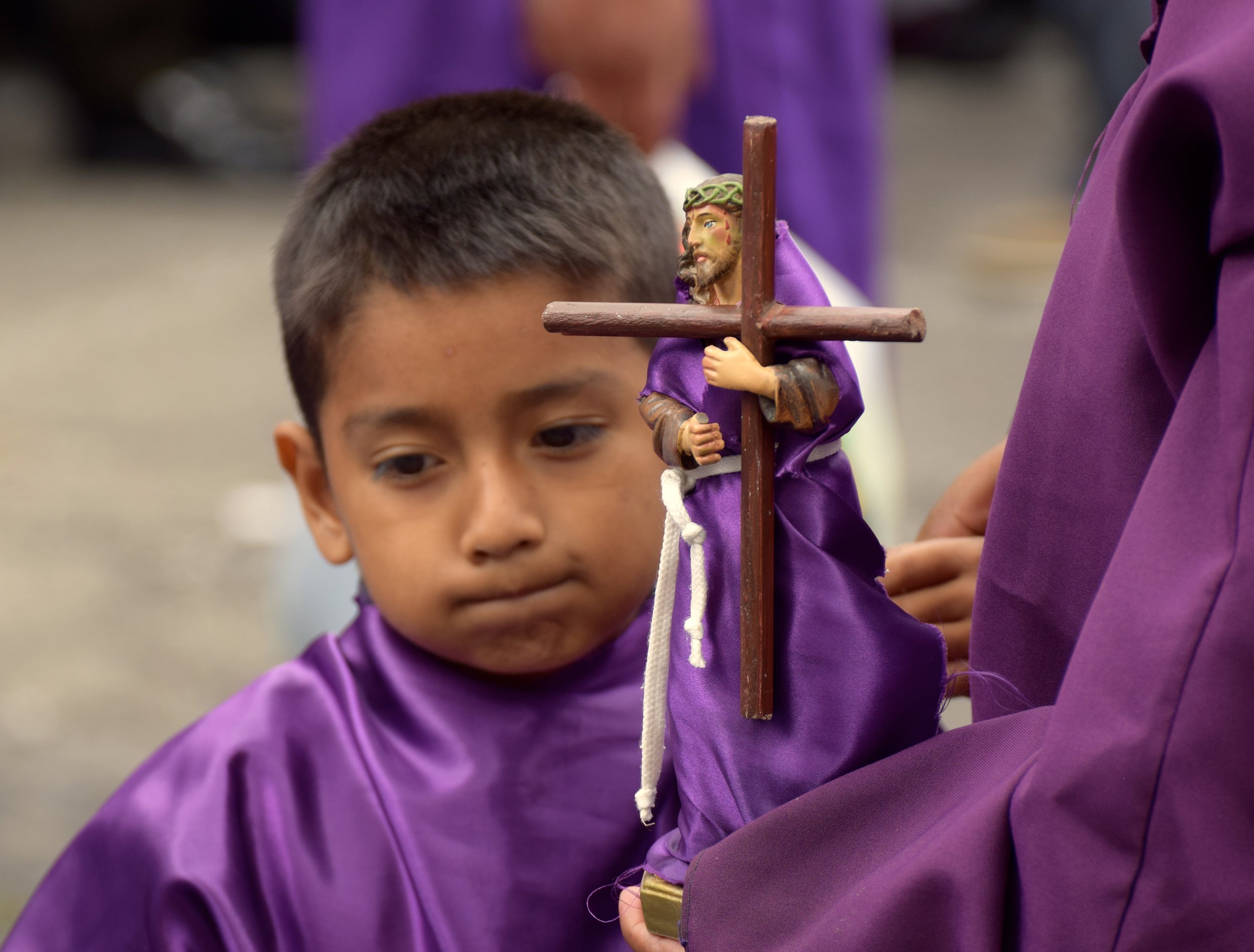Take a visit to the Terry Fox Exhibit: Running To The Heart of Canada.
Read MoreControversial Cuisine of the North Atlantic
As a seasoned traveller, I always keep a pretty open mind about food. But on a recent trip to Iceland, I needed to find a particularly non-judgemental space in my head. I’m a Newfoundlander, don’t forget, so I do enjoy a good crispy cod tongue or an occasional sliver of seal meat. But, when I saw our provincial bird, the puffin, offered up on a Reykjavik menu, I’m not going to lie, it did make me squirm.
I really had to work up my palate for puffin so my day of taste-testing Iceland’s cultural dishes started off easy. I took a seat in Cafe Loki staring up at Reykjavik’s most famous church, Hallgrimskirkja. I passed on the eggs with herring and sheep-head jelly and ordered, instead, a bowl of Skyr, a thick, creamy, mild flavoured yogurt. High in protein and low in fat, the skyr kept me going for a long walk along the waterfront to a busy food market.
There was every kind of locally caught fish you’d want: cod, haddock, ling, salmon and it was fresh, frozen or dried. A man behind the seafood counter looked up at me, “Have you tried the shark? You haven’t been to Iceland until you’ve had the shark,” he said.
The shark he was referring to is called, Hakarl, fermented Greenland shark and it’s Iceland’s national dish. Greenland shark is actually poisonous to humans but Vikings developed a preservation technique that made it edible. They buried it in a shallow hole and covered it in rocks to force out the toxic liquid from the flesh. After about 3 months in the hole, it’s taken out and hung for several months.
The man behind the counter offered me a small plastic container filled with the cubes of shark. “It tastes like old cheese,” he said. It smelled like old socks. “How do Icelanders usually eat it,” I asked. “One dice at a time... just a snack.. like candy... like M&Ms,” he said. I let it sit on my tongue a second or two and then chomped down into its rubbery texture. I can report that it did taste like old cheese and absolutely nothing like M&Ms. He looked down at his cooler for other Icelandic offerings. “Have you ever eaten rams' testicles?” he asked. It was time for me to move on.
I walked up to one of the more historic areas of Reykjavik’s downtown. At the corner of Austurstraeti and Posthusstraeti is a beautiful concrete building erected in 1917 that used to house Reykjavik’s old apothecary. Now, Hotel Apotek’s chic in-house restaurant and bar serve up tasty eats and potent drinks that are sure to cure what ails ya.
The seven-course Icelandic Gourmet menu starts off with a good stiff shot of Brennivin, a caraway shnapps made from fermented grain. Also known as “Black Death”, a swig of this local liquor was traditionally used to wash down a few bites of that rotting shark I scoffed down at the market. By the looks of the six food servings, I figured I might need a good bit of liquid courage to get through them all. There was local lamb and fish dishes of trout and perch but there were two I’d never eaten before - minke whale and smoked puffin.
Just to give you some context, I spend a fair bit of time on the Bonavista Peninsula where we do a lot of whale watching. Minke whales are usually the first ones we spy in season. Puffins are out there on the water too, flapping their little wings as fast as they can go. I’ve taken hundreds of pictures of both but the thought of how they taste never entered my mind. That is, until I saw them on that menu in Iceland.
I wanted to banish any sense of judgement I might have held and sample foods that I could possibly enjoy. I mean, that’s what I want for visitors who find themselves in our little rugged corner of the world. I want to see them face and eyes into a plate full of cod tongues, or licking sticky molasses off a forkful of touton, or tucking into a nouveau meal of seal by one of our talented local chefs. So if *they* try seal here, shouldn’t *I* try whale there? To be honest, I’m still struggling with that one.
At Apotek, the young food aficionados are chefs Asgeir Logi Olafsson and Carlos Jimenez and they’re profiling traditional Icelandic fare with a modern flair. I was lucky enough to get an interview with them right in their kitchen as they prepared both whale and puffin for me to try.
“The puffin is a seasonal bird. The hunting season is 2-3 months over the summer,” explains Olafsson who grew up in Iceland. “We don’t shoot them, we net them.”
Olafsson tells me the restaurant sources the birds directly from hunters and buys 500 to 1000 a year. The chefs only work with the breast of the tiny seabird which is small enough to fit in the palm of your hand. “We cure it lightly and then we smoke it,” said Olafsson. “We serve it with berry gel, some dried rye bread, goat cheese and a little bit of dill oil.”
I couldn’t quite loose the visual of the cute and clumsy, orange beaked puffin as I bit into the dark flesh. It was tender with a bit of a fishy flavour. I managed a “Mmm, lovely” in between chews, not wanting to insult my hosts. The truth is, the fibrous texture threw me off. It was a relief, actually, to know that I wouldn’t be salivating over the sight of puffins at Cape Bonavista come summer.
Now, it was time to try whale.
“So you can see there’s no fat on it or no veins, it’s actually quite lean,” explains Jimenez as he points to a large raw slab of whale meat on the counter. “The texture is very firm and nice, most people think it’s beef. It’s very high in protein and iron, hence the colour.”
The meat did look a lot like beef but the colour was the deepest raspberry red. “The nicest, softest muscles are supposedly around the back of the blowhole,” said Jimenez.
When I heard the word ‘blowhole’, it brought me right back to a day on the water in Newfoundland snapping photos of whales as they breached. Was I now really going to eat one of these majestic creatures?
The chefs prepared the meat by searing it with just a little salt and pepper and served it thinly sliced with carmelized shallots, crispy artichokes and artichoke foam. I raised my fork and knife, landed them on a corner of the slab and sliced off a small morsel. I didn’t want to be stuck with a lengthy gnaw in case it made me gag.
Once in my mouth, I can honestly say it was the tenderest meat I’ve eaten with a delicious flavour as well, a little like moose meat. I asked chef Olafsson how often he would eat whale meat growing up in Iceland. “From time to time, maybe a couple of times a year.” The truth, I was told by locals, is that very few Icelanders eat whale regularly. It’s more often tourists. That left me feeling confused. I asked chef Jimenez how often he has to defend his choice to serve whale meat in his restaurant.
“Obviously we do hear it from time to time but not so much that it bothers us,” he said.
Jimenez spoke about a culinary movement worldwide for chefs to source food that is sustainable. “I would like for people to try to understand a little bit more. What is worse, for us to eat whale that is very difficult to hunt and can feed a lot of people or eating corn from the United States that is imported and can have some toxic things going on… we are not hunting 200 of these animals a year. It’s a sustainable hunt and that’s the best way to describe it.”
It struck me that it’s exactly the way many Newfoundlanders and Labradorians, me included, describe the seal hunt. It’s sustainable. It is lean, nutrient rich protein that is available to us on our doorstep. So why is Newfoundland and Labrador so demonized while Iceland and other countries seem to be relatively untouched by the attacks from animal rights organizations? It’s a question that often occurs to me when I peruse menus in foreign places. I’ve sampled kangaroo in Australia and seen dog dishes in South Korea. They gobble up grilled guinea pigs in Ecuador and no one seems to care.
Of course, sustainability is the key. I’ll admit, I feel guilty about eating puffin in Iceland. I’ve since learned the population is vulnerable. Iceland is now limiting the number of birds hunters are allowed to net to protect them. As for seals, off the coast of Newfoundland and Labrador, the population is quite healthy at some 7.5 million animals. I always remember an interview I did with Eldred Woodford of the Canadian Sealers Association. “Until the entire world agrees that we’re all going to stop eating animals, how can you judge some cultures and not others?” he asked. Personally, I’m willing to explore the idea of vegetarianism but globally, I think it’s completely unrealistic.
And so, as Woodford suggests, I’ll hold off on any judgement of Icelanders for eating whale and I hope others find a way to respect Newfoundland and Labrador's sustainable food choices and culture too. The world’s population is estimated to reach 9.1 billion by 2050 and population growth is faster than the global increase in food production. Those who might turn their noses up in disgust at the thought of eating seal meat now, might soon be willing, or even forced, to dig in.
Until next time,
Rove on.
Jane
Ecuadorian Dessert Plate Magic
Presentation is everything. That is clearly one of the rules by which Chef Juan lives. Juan is chef/owner of Tiesto's Restuarant in Cuenca, Ecuador. But, if he wasn't in the restaurant business, I'm sure Chef Juan could be a famous painter. Juan transforms plain white dessert plates into works of art.
As if a mouthful of chocolate, ice cream, cake or pie isn't satisying enough after one of Tiesto's unforgettable main courses, Chef Juan makes the extra effort to decorate your dessert plate with beautiful images more worthy of walls. His tool? A paintbrush, of course. His paint? Sugary sauces and berry mixtures that you can't help but want to lick right off the plate. Watch as he magically makes an image of a Cañari indigenous woman of Cuenca.
And then, one of the sweetest sights in Ecuador, the hummingbird.
These are the kinds of details that turn a meal into an experience for a tourist. Tiesto's was a treat for the tastebuds and the belly, to be sure, but it was the creative eye candy that I truly savoured.
Until next time,
Rove on.
Jane
Ecuador's Colour: Otavalo
There’s a market in a town north of Quito, Ecuador, that has to be one of the most colourful places on earth: Otavalo. The rougly hour and a half drive from the capital is a treat for the eyes with gorgeous green hillsides.
Plan to be there on a Saturday when all the venders come out to display their wares. Once you arrive, just follow the crowd. Poncho Plaza, in the centre of town, is bursting with vivid blues, yellows and pinks on textiles, blankets and hand woven bags. Rows and rows of tables shine with gold, coral and red beaded necklaces.
And then, there is the energy and intrigue of the Otavaleño people themselves. Otavaleños are known far and wide in Latin America for their business savvy and their textile making, a skill they’ve practiced since ancient times. This indigenous group is also known for proudly refusing to abandon their traditional dress. For me, this is one of the most exciting aspects of a visit to Otavalo. You really feel as though you are immersed in a rich culture among self respecting people.
The women of Otavalo wear long dark skirts with dark sandals made from cactus fibre. But this drab attire is capped off with some of the prettiest blouses you’ve ever seen. They’re white with intricately embroidered collars and sleeves. Around their waists, marrying the skirt and the blouse, they wear wide, wrap-around belts filled with more colourful embroidery.
As if all of this wasn’t decorative enough, Otavalo women adorn their necks with dozens of strands of tiny gold bead necklaces called walkas. The beads symbolize grains of corn and the importance of maize in Ecuador. The beads are also a status symbol for women. The more they wear, the more important their role in their community.
This is one of my most favourite photos. Just look at the joy in this woman’s face and the shine of that one precious gold tooth set off by the stunning necklace.
The traditional male dress of Otavalo is less colourful but beautifully simple. Men wear white sandals, white pants and a dark poncho. They wear their hair long and braided under felt hats.
For tourists who might be unaccustomed to such enduring traditions, there’s no doubt the Otavaleño dress is eye-catching but what is also notable for outsiders, is the incredible work ethic of this group. From very young women with babies strapped to their backs to elderly people who appeared to be in their 80s, everyone is contributing to the economy in some way.
Most tourists surely come away from Otavalo with a souvenir or two; a brightly painted wooden bowl, a scarf, a set of pan pipes or a Panamá hat. But anyone who has been to Otavalo knows there are much greater riches for all visitors who spend time here: memories of the good fortune to have observed and been in one of most vibrant places in South America.
Until next time,
Rove on.
Jane
Easter Penance in Ecuador
What does purple represent to you? Royalty? Maybe wealth? If you happen to be in Quito, Ecuador at Easter, purple might come to mean something very different: repentance.
Ecuador is 90% Catholic so it’s no surprise that Easter is an important holiday. Nevermind chocolate bunnies and cream filled eggs, Easter is a time for believers in Quito to acknowledge the sacrifice of Jesus Christ and his final days. On Good Friday, this acknowledgement comes in the form of a colourful, painful, 3-hour long procession that winds its way through the streets of the old city.
Thousands of penitents known as Cucuruchos dress in purple robes (representing penitence) and purple hoods (representing humility) to remain anonymous as they publicly purge their sins. During the 5 kilometre solemn march, they inflict various forms of pain on themselves. Some walk barefoot, others drag heavy chains from their ankles. Some suffer the pain of cactus crosses tied to their backs while others wear thorn crowns or wrap barbed wire around their heads. Men with bare backs whip themselves with white ropes. Those who carry the heaviest burdens are believers who lift large wooden crucifixes, often barely able to support the weight.
Here is a short video of parts of the procession to give you an idea of the scene.
Near the end of the procession are hundreds of women dressed in purple and lace veils. They represent Saint Veronica. Catholics believe Veronica was the woman who wiped the face of Jesus on his way to the Calvary. They believe his image later appeared on the cloth.
The procession begins and ends at one of Quito’s oldest churches, Iglesia San Francisco, opened in 1604. But the procession itself is relatively new. It all started back in 1961 when a Franciscan Priest, Francisco Fernández, was looking for a way to inspire local Catholics and help them reconnect with their religion. Clearly, the strategy worked. Thousands participate every year and some 50,000 spectators line the route to witness the acts of sacrifice. While I'm not Catholic, and I tend to spend my time worshipping chocolate at Easter, I was privileged to be among the onlookers this year and I was truly moved and impressed by the courage of this faithful group.
To view many, many more photos of the procession, please see my collection in the gallery.
Until next time,
Rove on.
Jane
Soup of the Equinox in Ecuador
If you like traveling to foreign places, you are probably also a lover of foreign foods. A forkfull of local fare can bring you closer to a culture and give you an intimate understanding of a people’s passion. I’ll never forget the taste of suckling pig at one of Madrid’s oldest restaurants, the unique texture of a Carribean conch salad or the tongue numbing spice of a hot peanut sauce in Thailand. Those kinds of specialties are easy to come by in those countries anytime you want but sometimes there’s a flavour or a meal you can’t find all year long, maybe only during an annual festival or celebration. In Ecuador, one such elusive lunch is called Fanesca.
Fanesca is a traditional Easter soup served in Ecuador with an interesting history from pre-Columbian times.
Fanesca is a thick soup served in communities in Ecuador’s sierra but only during the period of Lent. After Catholics mark Ash Wednesday, signs start popping up outside restaurtants all over Quito advertising Fanesca. An Ecuadorian friend of mine recommended a restaurant owned by her sister, called Achiote, for my first Fanesca experience. She was proud to tell me their mother’s recipe was the very best, a claim you’ll hear from many others.
Restaurants in Ecuador start advertising their versions of Fanesca after Ash Wednesday. This is the display outside Achiote restaurant in the Mariscal neighbourhood of Quito.
According to various explanations I've seen posted around town, the dish that contains 12 different kinds of beans and grains was developed by cooks in ancient cultures and dates back to pre-Columbian times. Indigenous people in Ecuador celebrated a new life cycle around the time of the Equinox in March, when the earth’s equator passes through the centre of the sun. It was also the time when they celebrated the bounty of a harvest of unripened beans, beans that they eventually used in their special soup, originally called “uchucuta” in the indigenous language of Quechua.
A photo display about Fanesca inside Achiote restaurant.
So how did “uchucuta” come to be celebrated as a Catholic tradition? In their attempts to win over the local people, Spanish conquerors combined parts of indigenous culture with Catholic traditions. Holy Week was just about the same time as the Equinox and so Catholics incorporated this delicious soup into their practice. Now, it’s considered an Easter soup and its 12 beans (fava, lima, adzuki, pinto…) and grains represent the 12 apostles of Jesus.
The name Fanesca is thought to have come from one of the soup’s famous cooks named Juana. Culinary admirers at the time named the meal “Juanesca” after her. Eventually “Juanesca" became known as Fanesca.
Fanesca is a perfect meatless mixture for Catholics who don't eat red meat during Holy Week, but there is no lack of protein in this hearty stew. Salt cod fish, known here in Ecuador as bacalao, is cooked seperately in milk and added to the soup as it’s eaten. In the Catholic tradition, this fish is a representation of Jesus. (Now, here’s a heavenly market for Newfoundland’s salt cod!) Depending on the recipe, other traditional foods are added too, like hard boiled eggs, fried plantains, fresh cheese, avacados and tiny cheese empanadas.
Tiny cheese empanadas and fried plantains are also part of the Fanesca soup tradition.
Salt cod fish is cooked in milk and is added to Fanesca soup as its eaten.
Clearly, Fanesca is not a light broth and so it's usually enjoyed as a heavy midday meal. I assure you, I was ready for a good long siesta after that lunch. I had never had anything quite like it and I loved every savoury spoonful. I look forward to eating Fanesca again soon but my window of oppourtunity is closing fast. All good things must come to an end and after Easter, Fanesca will be no more. I’ll have to console myself with the North American Easter tradition: chocolate. Luckily, here in Ecuador, there seems to be an endless supply. But that, my fellow rovers, is a subject for another blog post!
Until next time,
Rove on.
Jane
Golden Gal of South Beach
I found myself thinking about an old episode of the “Golden Girls” recently. Remember the one when Rose and Dorothy entered a competition to create a jingle for the Miami tourist board? “Miami is nice, so I’ll say it twice. Miami is nice, Miami is nice…” Those aren’t the lyrics they settled on in the end but I did hum their little tune on a recent visit to South Beach.
Miami *is* nice and the residents of South Beach, in particular, have another golden gal to thank for that. Her name is Barbara Baer Capitman. Barbara is the woman known for saving the colourful Art Deco history of south Florida.
Capitman was born in Chicago and grew up in New York. Her mom was an industrial designer, artist and sculptor. Barbara herself was a journalist who covered New York’s design industry for magazines. In the early 70s, around the time I was born, Barbara moved to Miami and discovered a distinct design history that was in desperate need of help. Hundreds of South Beach’s beautiful Art Deco buildings, built in the 1930s, were being neglected. Some had even been torn down. Barbara wasn’t about to see this stunning piece of American design history decay any further so, she took action.
Barbara Capitman worked tirelessly to draw attention to the importance of Art Deco culture. In 1976, she founded the Miami Design Preservation League. A few years later, the group suceeded in having the Miami Beach Architectural District listed on the National register of Historic Places.
Art Deco is a style that was first exhibited in France after World War I. Then it was called Art Décoratifs. Art Deco style was modern at the time with bold geometric forms, bold colours along with exotic touches from ancient Egypt and Maya art. In the 1930s, the style evolved and was known for more curved forms and polished surfaces, chrome and stainless steel. This architecture was found all over the world and Miami Beach is home to the largest concentration of Art Deco buildings in the world. You can understand why Barabara Baer Capitman wasn’t going to let it all crumble to the ground.
Capitman had a vision that one day tourists would flock to see this notable neighbourhood. According to the Miami Beach Architectural District Museum, in the early 80s, Capitman even went on a three month nationwide tour driving her car across the country to tell people about Miami Beach’s historic district and to promote Art Deco style. That trip was all at her own expense. Captiman’s persistence and passion paid off.
As you stroll down Ocean Drive today, you are surrounded by buildings that take you back in time. Tourists snap photos of everything in sight. Restaurants are blocked with customers. The whole scene is pulsing with energy. On the beach side of Ocean Drive, though, you’ll find a quiet place with a couple of bright green wooden beach chairs. It’s a memorial to Barbara Baer Capitman who died in 1990. There's a very simple bronze bust from a sculpture of Capitman by her mother that was done in 1939 when Barbara was 19 years old.
I had my picture taken there. As much as I admired the creativity of Miami Beach's Art Deco designers, I felt more encouraged by Barbara’s story. She is truly an inspiration for people everywhere who work to protect the past. So now, I’ll invite you, as I’m sure Barabara would have done, to enjoy more of my photos from South Beach. You can find them in my gallery. Look for a spot frequented by Marilyn Monroe and the hotel where a famous scene from the movie Scarface was filmed.
Until next time,
Rove on.
Jane
A Mobster's Miami
If you’re like me, New Year’s Eve is the one night a year that deserves some kind of sparkle. Well, this past year’s celebration promised even more than a good bottle of champagne and a chance to put on my sequined jacket. December 31st offered a rare evening of intrigue. We were in Miami. Generous friends invited us to tag along to a party. Friends of theirs had acquired a swank Palm Island property, overlooking Biscayne Bay, with a compelling history. We'd ring in the new year at the former sunshine retreat of gangster Al Capone.
Pool and pool cabana at 93 Palm, former Miami home of gangster Al Capone. (Jane Adey)
For most people, the location would arouse curiosity. For me, the experience would be riveting.
I’ve long had a sort of morbid fascination with gangsters. If I think back, it must have all started in my early university days when I was studying French in St. Pierre and Miquelon. During the prohibition years of the 1920s and 30s, the islands became the gateway for smuggling booze into North America. SPM became known as a gangster’s paradise. St. Pierre’s Hotel Robert has an interesting piece of history from that time, a stylish hat left by a frequent visitor and rum runner - none other than Chicago’s notorious Al Capone.
Police photo taken of Capone in Miami. Courtesy of www.alcatrazhistory.com
I’ve seen all the flicks the gangster genre has to offer. The Big Heat, all The Godfathers, Carlito’s Way and Donnie Brasco to name a few. I’ve seen Goodfellas more times that I can count. Many of these movies are works of fiction, of course, but Al Capone was the real deal and because of his actions, sadly, real people died. The most famous example was Capone’s ordering of the Valentine’s Day massacre in 1929 that led to the deaths of seven men. Back in the day, the Chicago Daily Tribune, linked the deaths of 33 people to Capone. He was known as a vicious criminal but like many gangsters, Capone was also known for enjoying the finer things in life like custom suits and costly jewelry and his extravagant waterfront residence in Miami is more proof of his lavish lifestyle.
Entrance to main residence at 93 Palm, former home of gangster Al Capone. (Jane Adey)
We arrived after dark and 93 Palm, as it’s now called, was bathing in romantic white light. After we met our gracious hosts, they insisted we make our way to the dock area to get a view of the water where some guests were arriving on a luxury yacht.
Dock area at 93 Palm, former home of Al Capone.
One area of the grounds at 93 Palm is a red coral grotto.
We strolled around the property made up of three parts: a main villa, a gate house and the most luxurious feature of the estate, the pool and pool cabana.
View of pool from pool cabana.
Al Capone's pool cabana at his home on Palm Island in Miami. (Jane Adey)
I pictured Capone there, leaning back in a lounger, taking sun. After an evening dip he would have scaled the spiral staircase to his wonderfully spacious and beautifully tiled shower room. I imagine he’d have rinsed off and put on a plush robe before he returned poolside for a cigar and a Templeton Rye from Iowa (his liquor of choice). As we enjoyed the charm of the scene, warm wind billowed in from the bay through decorated archways. Yes, this place definitely had the air of a wealthy gangster’s getaway.
Stairway to 2nd floor of pool cabana. (Jane Adey)
Shower room in pool cabana. (Jane Adey)
Tile floor in pool cabana.
Inside the main house, there’s a comfortable living room with a fire place. Is this where he sat in a recliner and discussed shipments of liquor from St. Pierre, I wondered? If only the walls could talk.
Art Deco bathroom off main living room in Al Capone's Miami home.
In true Miami style there’s an Art Deco powder room on the main floor with black and gold tile and original brass fixtures. Who did Capone see when he looked in that mirror? A criminal? A ruthless killer? Likely not. When people raised questions about his activities he was often full of justification. "I am just a businessman, giving the people what they want. All I do is satisfy a public demand.”
Not everyone agreed and eventually Capone’s “business” led him to jail. I’ve visited Alcatraz, one of the prisons where Capone did time. He spent four and a half years there. Did he lie awake at night in his cell, full of regret, wishing he was feeling the breezes of Biscayne Bay?
Cell block at Alcatraz where Al Capone spent 4 1/2 years. Courtesy of www.alcatrazhistory.com
Photo of Al Capone at Alcatraz prison. Courtesy of www.alcatrazhistory.com
It was while he was behind bars that Capone became symptomatic from syphilis. It’s believed he had been carrying the disease for years. After he was released from prison in 1939, Capone returned to Miami. He eventually died in his Palm Island home from complications of syphilis in 1947. Capone was a young man at 48 years old.
Upstairs hallway of Al Capone's Miami home on Palm Island. (Jane Adey)
Capone is said to have purchased the estate in 1929 for $40,000. Capone’s wife, Mae Capone, sold it to a Cleveland realtor in 1952. Since then there have been a handful of owners including an energy company founder and a Delta airlines pilot who bought the mansion for $56,000. In 2014, the property sold for almost $8.5 million. The Miami mobster's playground is now used as a venue for exclusive photo and video productions. There's also the ocasional party, like I attended, with free flowing champagne. Al Capone would, no doubt, approve.
Until next time,
Rove on.
Jane
Lessons in Ecuador
I skipped out on old man winter this year. Yes, instead of shoveling my snowy driveway and skidding down the slippery sidewalks of St. John’s, I’m pursuing other 's' activities. I’ve taken a six month leave of absence. I started out with a sailing course in St. Petersburg, Florida. Now, I’m in South America learning Spanish!
Quito, Ecuador is my current home away from home. At 2,850 metres above sea level, Quito is one of the highest capital cities in the world. From my apartment terrace, nestled in the Andes Mountains and within 10 kilometers of the equator, I stare straight up at Mt. Pichincha, an active stratovolcano. Pichincha’s last eruption was in 1999 when she spewed several inches of black ash all over the city. A scary prospect for some, but for volcanologists, Ecuador is a dream. It’s home to 25 of the world’s active and inactive volcanoes.
Ecuador is also a flower lover’s paradise. This country is the third largest global exporter of cut flowers and more than 70 percent of those stems are roses. I often take detours through hotel lobbies on my walk to school to admire and steal a sniff from the fancy floral arrangements.
If the volcanoes and the lush blossoms weren’t enough to remind me that I’m far, far away from my Canadian east coast island in the North Atlantic, there was a moment in my Spanish class a few weeks ago that really drove the point home. My instructor sent around an instructional email with a startling title: “What to do in the event of an earthquake.” “Toto, I’ve a feeling we’re not in Newfoundland anymore,” I thought to myself.
Ecuador lies above two of the earth’s giant tectonic plates that mash and collide and send tremors to the surface. In the past year, there have been more than a hundred. Many pass unnoticed, with just a minor rumble, but on April 16th, 2016, a deadly “terremoto” struck. More than 660 people died in the 7.8 magnitude quake. Tens of thousands of people were injured.
Many of the people killed and wounded lived in Pedernales, the coastal community hardest hit by the natural disaster.
Once a bustling beach town filled with tourists and sun worshippers, Pedernales now struggles to rebuild.
Hotels that hosted hundreds now crumble in the hot sun.
Empty lots where houses might have once stood, now show remnants of tiles from a kitchen wall where a family once gathered to share meals.
I have to say, it was an educational and eye opening drive through town.
I thought about the challenges the inclement weather brings to the place where I live in Canada. I have suffered through winter storm after storm and whined and complained about every shovel full of snow but I have never had to live through an earthquake. I’ve never had to sift through the broken pieces of everything I’ve ever owned and start all over again.
As troubling as it was to see the devastation in Pedernales, I was encouraged by signs of optimism. Townspeople are rebuilding with stronger materials that they trust will withstand any future tremors or quakes and tourists are returning to enjoy the stunning beach.
On the outskirts of town, a large fenced compound area houses hundreds of earthquake survivors in sun-faded, blue tents.
They’ve lost their homes and many have lost people they loved. But even here, in a place where you’d expect for all hope to be lost, we observed another sign of the resilience of the human spirit. As the weekend wash dried on lines, cheerful music spilled out of the camp.
I look forward to going back to Pedernales and spending a little money in a town that really needs it. Observing beautiful beaches is one sure draw for tourists but there’s a lot to be gained from observing a community’s gutsiness and determination. It seems learning to speak Spanish is just the beginning of the valuable lessons for me here in Ecuador. See you soon, Pedernales.
Until next time,
Rove on.
Jane
Brooklyn Brain Cleanse
Forte Greene Market, Brooklyn, NY
When I take a short holiday away from work and I only have a few days in a fabulous city, there’s no better brain cleanse, for me, than a market. It doesn’t take long in a stimulating sea of sound, smell and colour and I’m soon cruising the aisles in holiday mode. So, just before a recent trip to NYC, I sussed out the market situation and boy, did I hit a winner. The Brooklyn Flea’s, Fort Greene market, was a short cab drive over the East River from where I was staying in Tribeca. Fort Greene is the flagship event of a number of Brooklyn markets. Every Saturday from April through to November about 150 vendors gather on the 40,000-square-foot schoolyard at Bishop Loughlin Memorial High School. The website, www.brooklynflea.com, describes Fort Greene as "part vintage bazaar, part hipster hang, part old-fashioned town square, and part food bonanza.” Oh yeah, Fort Greene is all that and more.
Wrecords By Monkey is just one of the quirky finds at Forte Greene Market in Brooklyn. (Photo credit: Jane Adey)
In the vintage department, there was vinyl. I’m not just talking old records. This was wearable, displayable vinyl. It’s the clever creation of Patrick “Monkey” Chirico and Brian Farrell. Wrecords By Monkey takes record maker rejects and gives them a new spin, turning them into cuff bracelets, arm bands, earrings, pendants, belt buckles, books, iPhone cases and clocks. The guys soften the vinyl on a hotplate and silk-screen images onto the pieces. The vendor at the booth told me sidewalk sales took a big boost years ago after Nora Jones bought a cuff and was photographed wearing it on the cover of Rolling Stone magazine. http://www.wrecordsbymonkey.com
Wrecords By Money was just the beginning of the quirky finds at Fort Greene. Next stop, near the middle of the market, there were tables and tupper ware containers filled with ridiculously random collections. Green army men, action figures, high-bouncer balls, license plates and metal signs were just some of the items up for sale at Dan’s Parents’ House. I laughed out loud when I came across a bin of miniature plastic prosthetics labelled “tiny hands and feet”. A fellow named Justin was handling customers. He told me there’s new stuff every week and they mostly buy in bulk from estate sales, auctions and people looking to unload personal collections. Dan’s Parents’ House draws a crowd. “I don’t want to talk us up too much, but we’re in the middle for a reason. It’d be a bit sleepy without us,” boasted Justin. Here's the website: http://www.dansparentshouse.com
Dan's Parents' House is situated near the centre of the market and gets a lot of attention from weekend shoppers. (Photo credit: Jane Adey)
Travis Sylvester makes hand-made bow ties.
Travis Sylvester’s section of the market draws a steady stream of traffic too. The bold patterns on his racks of men’s vintage shirts are hard to ignore. But it’s Sylvester’s hand-made bow ties that really catch eyes. Brooklyn born with parents who immigrated from Jamaica, Sylvester is a self taught tie maker who calls his business Kingston Twenty-One. He told me it all started back in 2011 when he wanted a wool herringbone tie. He couldn’t find one so he turned his hand to sewing. “They weren’t so pretty in the beginning,” admitted Sylvester. Now, he can't keep up with the demand for his bright and funky neck decorators. Regular customers come back every week to check out the new vintage fabrics, silks, wools and linens Sylvester has been able to source for his ties. “There’s always that guy in everybody’s office who wears a bow tie. Some offices have bow tie Fridays. Me, I wear bow ties with shorts. You don’t always have to have a suit,” said Sylvester. Fort Greene market is where he attracts a lot of new customers but Sylvester’s online sales have taken off too. Check out his website at http://www.kingstontwentyone.com
Some of the flashy bow ties made by Travis Sylvester at Fort Greene Market in Brooklyn. (Photo credit: Jane Adey)
Fort Greene offers a kind of trip back in time with vendors selling typical vintage items like old furniture, carpets, jewellery and prom dresses. You can pick up special souvenirs like little leather bound library books published from 1915-1923 that were mailed to and carried by WWI soldiers. Or, how about a date stamped railway nail from the year a piece of track was installed.
I took dozens of digital pictures at the market, all with my Samsung Galaxy phone. When I found Brooklyn’s Refurbished Vintage Cameras and Film booth, though, I longed for an old-time celluloid moment. Michelle Casper walked me through some of the more coveted cameras like the 1953 Yashica-A twin lens and the 1972 original polaroid. Casper told me there is a huge vintage camera community in Brooklyn and polaroid booths at weddings and graduations are the latest hot trend in Brooklyn.
Porchetta is a traditional street food in Central Italy. (Photo credit: Jane Adey)
If you get hungry, even the food at Fort Greene will bring you back to a simpler time. I recommend a porchetta sandwich, a traditional street food of Central Italy. Matt Lendermill has been serving up this slow roasted pork with savoury herbs on a bun, at the market, since it started several years ago. Wash the sandwich down with a Vermont Maple Lemonade while you soak in some sun on the schoolyard steps. It’s worth it to linger there awhile and just take in the market scene according to Chris Oricchio. He’s been selling his rustic furniture and framed chalkboards made out of reclaimed wood for six years at Fort Greene. “It’s some of the most interesting people-watching you’re going to see for sure,” Chris said. “Some of the stuff I’ve seen, you really wouldn’t be able to make up.”
For some of the stuff *I* saw at my day at Fort Greene market, take a look at my photos in the gallery.
Until next time,
Rove on.
Jane


